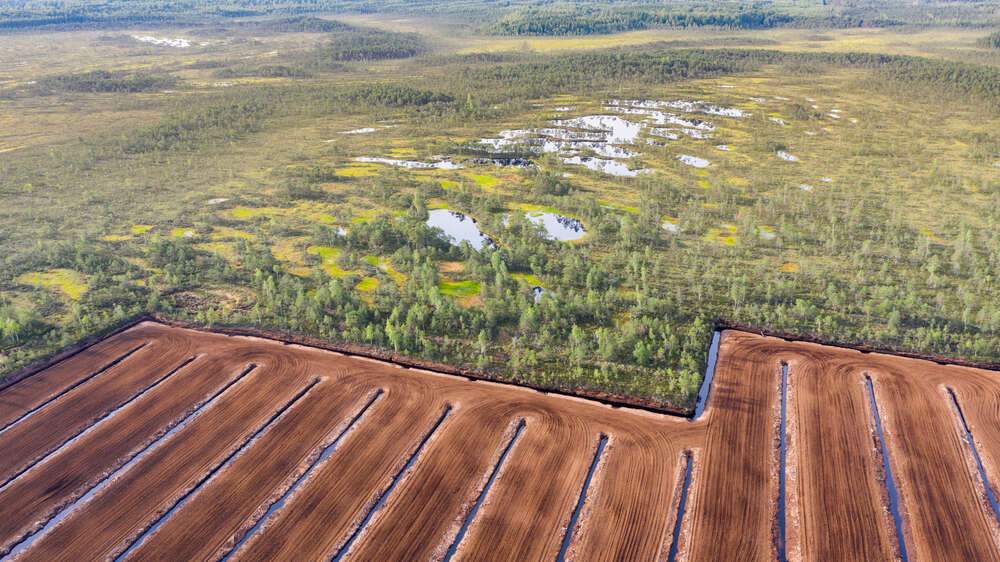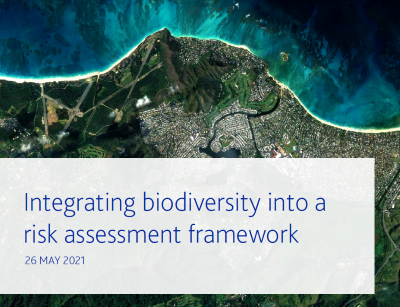

While much focus is currently on COP27 in Sharm el-Sheikh, Egypt, a smaller UN climate conference taking place in Montreal in December has garnered less attention. But COP15, the United Nations Biodiversity Conference centred on the adoption of a globally agreed framework to prevent and reverse biodiversity loss, is of no less significance.
Imperfect as they are, the agreements and targets on limiting greenhouse gas emissions reached at the COP conferences in Paris and Glasgow were widely hailed as landmark moments in the fight against climate change.
In contrast, the Convention on Biological Diversity (the purview of COP15) has had no such watersheds. The Kunming Declaration, agreed upon by online representatives of UN countries in 2021, was a start, recognising that “putting biodiversity on a path to recovery is a defining challenge of this decade”.
Translating this goal into action, however, still requires a better understanding of the risks of biodiversity loss at every level of society – and ways to measure and report them.
Julia Haake, managing director of market strategy at Moody’s ESG Solutions, says that COP15 could be the start of a breakthrough in this regard.
“Biodiversity loss is perceived by scientists as one of the major threats facing the global economy,” she begins. “They often refer to it as the ‘silent killer’ – the cause of a human-made sixth mass extinction. But it’s still not very well known as a topic right now.
“In Montreal, the significance of natural capital will be brought to the attention of a larger public, and the investment community as well. The organisers are hoping to raise more awareness and inform players on biodiversity-related risks.”
Bridging the biodiversity data gap
A thorough understanding of nature-related risks to ecosystems, communities and businesses will lay the foundations for more active future steps. With an impact that varies hugely by geography and by sector, it is very difficult to regulate or measure efforts to preserve biodiversity. In the absence of an overarching framework, it is all the more crucial that corporations and investors are able to assess the footprint that their operations and assets leave on nature.
The Taskforce on Nature-Related Financial Disclosures (TNFD) has drawn up an index of techniques for measuring biodiversity risks and dependencies that runs into the hundreds, underlining the lack of global consensus.
“There is no clear way to measure a biodiversity footprint, no globally accepted standards. One obvious approach is to look at how companies position themselves, whether they are explicitly committed to the protection of biodiversity,” says Haake.
In a report published last year on integrating biodiversity into a risk assessment framework, Moody’s ESG Solutions collated data on companies within its assessment universe. The average biodiversity protection score for 1,200 companies was 32 out of 100, highlighting a general lack of action and/or disclosure.
“We also collect data on involvement in specific controversies linked to biodiversity. That’s another very useful indicator that investors can use to analyse their portfolios,” Haake adds.
Moody’s Controversies Risk Assessment Screening monitors 540 active biodiversity-related cases. A report released earlier this year showed that the most exposed sectors are mining and metals, food and energy. The data highlighted that biodiversity controversies were likely to have an impact on indigenous people’s rights, local communities and even fundamental human rights.
The legislation horizon
Without clear legislative guidance, however, it remains extremely difficult for investors to distinguish greenwashing from effective stewardship of natural capital. Indeed, a Moody’s ESG Solutions study found that 38% of large publicly traded companies have at least one facility associated with habitat loss, based on a sample of 5,300 corporations. To the uninitiated, many of these companies can appear climate-neutral – or even climate-friendly. Here, too, Moody’s is leveraging its track record for analytical rigour to blaze a trail towards greater clarity. In 2021, it joined the TNFD, taking a leading role in helping to develop a reporting framework for nature-related risks.
“They’ve already completed the first step: how to identify risks and dependencies. I think the next step will be moving closer to more concrete guidance on measurement,” Haake says.
“It’s not just the TNFD – there are several players who are discussing how to measure and act on nature-related risk. We expect that the European Financial Reporting Advisory Group and the International Sustainability Standards Board on the international level will give additional guidance on how to measure biodiversity-related impact.”
But investors cannot afford to wait for those bodies to find a repeatable, standardised way to measure biodiversity impact. In addition to social responsibility and reputational risk, their assets are often inextricably linked to – and dependent on – the ecosystems in which they operate.
“Science has demonstrated the great interdependency between species,” observes Haake. “Removing one little insect may have repercussions that ripple out with very disruptive consequences.”
A Moody’s Investors Service report found that 12 sectors with $2.1trn in combined debt, including all extractive industries, face high or very high natural capital risk.
France’s Article 173 has led the way in placing the onus on financial players to account for biodiversity in their non-financial disclosures. Haake believes that France has provided a template that others will follow, first in the European community and then beyond.
“Recently, a handful of central banks including France and the Netherlands publicly recognised that biodiversity presents very important risks for them, too. They’ve said that they’ll look into biodiversity stress testing for central banks as well.”
In the meantime, investors are increasingly interested in screening their portfolios for biodiversity-related risks to the best of their ability. Of course, this can pose a daunting challenge when transparent biodiversity management and reporting frameworks are lacking, which is still the case in many industries.
“There is a wealth of research available to investors on the companies they’re invested in and how they commit to biodiversity protection. That’s one tool that helps investors assess companies’ commitment to limit biodiversity loss,” she says.
“TNFD’s LEAP approach is another tool investors can start using to locate their asset’s interface with nature, evaluate dependencies and impacts, assess risks and opportunities, and prepare to report and respond to what they’ve found.”







